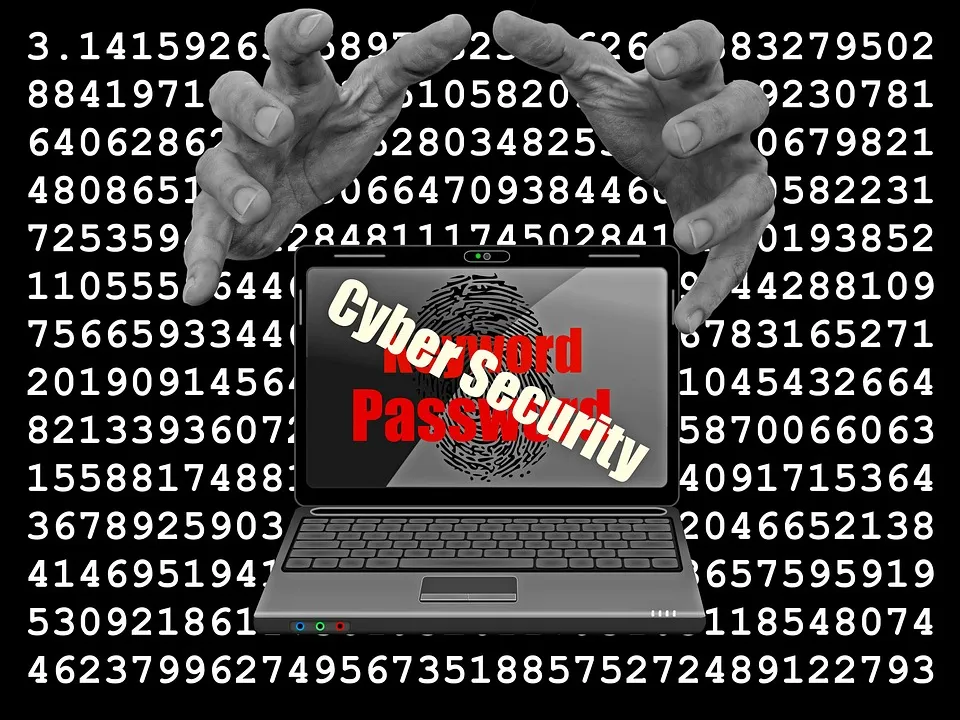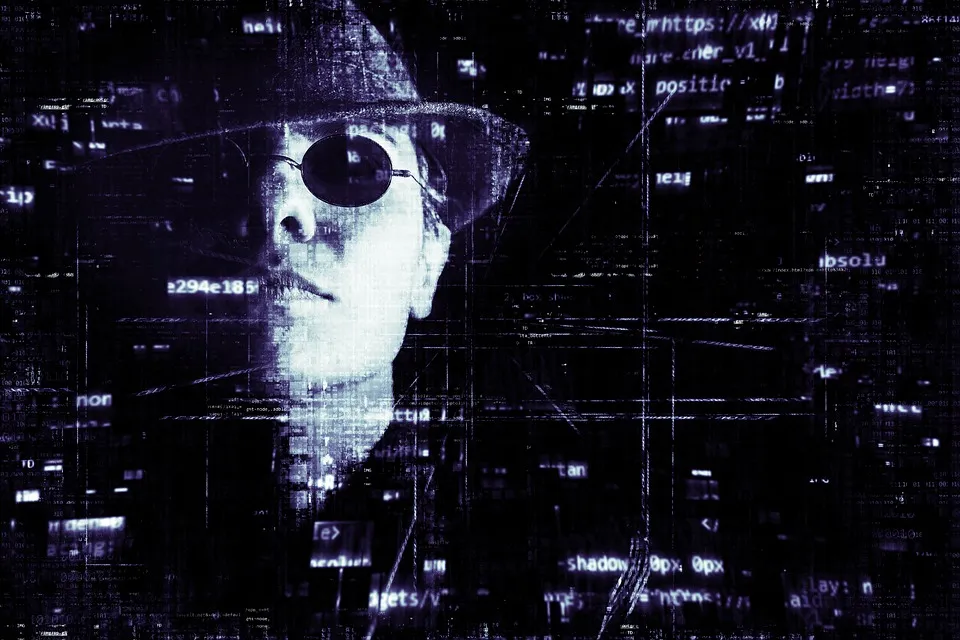Mon, 15 Mar 2021 20:46:12
Staff ![]()
850
If you are a regular or occasional computer user, then you may have heard terms like Viruses, Worms, Trojans, Bots, Malware, Spyware, etc. Honestly, though, we consider all of these to be Viruses, no matter what type they are.
Have you ever tried to find out, what is the difference between viruses, trojans, worms, spyware, and malware? Even though, it is meant to damage your device, steal your data, and spy on you. But have you ever thought about why their names are different? Basically, terms like Virus, Trojan is any kind of malicious software, or simply, 'Malware'.
Now, the first and foremost question arises, where did the virus come from? Who created the first virus?
Obviously, they were no strangers to the tech world. In fact, the real truth is that they weren't even created to tamper with the system.
The history of malware attacks goes back to 1949, when John von Neumann, first developed a theoretical basis for a self-replicating automation program, but technical implementation was not possible at that time. The term 'computer virus' was first used by Professor Leonard M. Adleman in 1981, while talking to Fred Cohen.
The first computer virus in the world named 'Brain' was coded by two brothers Basit Farooq Alvi and Amjad Farooq Alvi, who came from Lahore, Pakistan. The brain is intended to infect storage media based on the MS-DOS FAT file system. Originally designed to infect IBM PCs, it replaced the boot sector of its floppy disk with a virus. The virus program changes the disk label to © Brain and a crashed boot sector displays this message:
Welcome to the Dungeon (c) 1986 Basit & Amjads (pvt) Ltd VIRUS_SHOE RECORD V9.0 Dedicated to the dynamic memories of millions of viruses who are no longer with us today – Thank GOODNESS!! BEWARE OF THE er..VIRUS: this program is catching program follows after these messages….$#@%$@!!
However, as you might expect, there is no malicious intent behind this. The Alvi brothers once confirmed Brain in their interview with TIME magazine, they created a virus just to protect their medical software from piracy. It is their retaliation for copyright infringement.
Coming back to Malware, this is malicious software designed to damage computers that may not be connected to a network. The malware only acts when there is computer hardware involved in the game. Otherwise, the term Malware is useless.
What are the types of Malware?
What is a worm?
Worms are malware computer programs that have the ability to replicate themselves. Their sole purpose is to increase their population and transfer themselves to other computers via the internet or via storage media. They operate like spies engaged in covert missions, hiding their movements from the user.
The worm does not cause damage to the computer; Its replication nature takes up hard drive space, thus slowing down the machine. Some of the well-known worms are SQL Blaster which slows down the internet for a small period and Code Red which logs nearly 359,000 websites.
What is a Virus?
Viruses also have the ability to replicate themselves, but they damage files on the computers they attack. Their main drawback lies in the fact that viruses can go into action only if they have the support of the host program. Otherwise, they are like defeated warriors. They attach to songs, videos, and executable files and travel on the internet. W32.Sfc! Mod, ABAP.Rivpas.A, Accept.3773 are some examples of virus programs.
Geng Viruses (Types of Computer Viruses):
- Filing Viruses
- Macro Viruses
- Master Boot Record Virus
- Boot sector viruses
- Multi-Partite Virus
- Polymorphic Virus
- Stealth Virus
What is a Trojan?
Trojans are not like viruses or worms, and they are not meant to damage or delete files on your system. Their main job is to provide a back door gateway for malicious programs or malicious users to enter your system and steal your valuable data without your knowledge and permission. JS.Debeski.Trojan is an example of a Trojan.
The Trojans got their name from the tale of the 'Trojan Horse' in which the Greeks entered the city of Troy with the aid of a wooden horse statue mistaken for a gift. But the Trojan turns out to be a sweet poison, as depicted in the film Troy.
Trojan gangs (Trojan types):
- Remote Access Trojan
- Trojan Sends Data
- Destructive Trojans
- Trojan-Proxy
- FTP Trojan
- Security Software Disabler Trojan
- Denial-Of-Service Attack Trojans
What Is Adware?
Adware is used to display advertisements on your computer desktop or in individual programs. They are usually included with free-use software. They are the main source of income for the developers of the software program.
Adware cannot be completely described as Malware because they have no intention of damaging your machine, they only track what advertisements you are more interested in seeing and display relevant advertisements on your computer screen. For some people, this can be worrying because it violates their privacy. Also, attackers can insert malicious code inside adware programs and use it to monitor users' machines and without compromise.
What Is Spyware?
A spyware program is also included with freeware. They track your browsing habits and other personal details and send them to remote users. They can also facilitate the installation of unwanted software from the internet. Unlike Adware, they work as standalone programs and perform operations silently.
What Is Spam?
You get very annoyed when you receive unsolicited e-mail from unknown senders, this is called Spam or junk e-mail. And the process of flooding the internet with the same message is called Spamming, done for commercial advertising purposes. These junk e-mails sometimes contain viruses or Trojans that enter your system as soon as the e-mail is opened.
What is a Bot?
A bot or robot is an automated process designed to be carried out over the internet without the need for human interaction. They can be used for good and bad intentions. Bad guys can create a malicious Bot capable of infecting their own hosts. After transmitting itself to the device host, the Bot establishes a connection with a central server which acts as a command center for all infected hosts attached to the network called Botnet.
Bot skills include words, typing keys, analyzing network traffic, delivering spam, launching DoS (Denial of Service) attacks, and opening back doors on infected hosts.
Bots can be seen as an advanced form of Worms. The infection rate and their tactics are more effective. This malicious bot was created after a lot of hard work put in by its ferocious creator.
What Is Ransomware?
Ransomware is a type of malware that can change the normal operation of your machine. It encrypts data and prevents you from using your computer partially or completely. The Ransomware program also displays a warning message asking for money to bring your device back to its normal working condition.
Now, you might have a brief idea of what malware is? What are the different types of malware? Besides, you now know that all computer programs that harm your computer are not viruses. There is a difference between viruses, worms, trojans, ransomware, and other types of malicious programs which are collectively known as malware.
Why do people create malware?
After reading all this, you might be wondering why people create malware. Obviously, there are good and bad people on our earth. Here are some of the reasons coders might enter into writing a malware program:
- Take control of someone's computer for personal or professional reasons.
- To get financial benefits. This also includes hackers raising money for a purpose. Last year, we heard about a ransomware attack where hackers raised money to feed people. But that doesn't mean what they did was right.
- To steal confidential data.
- To prove their point. For example, by committing a security breach on a vulnerable system.
- To record a complete computer or network.
Also Read:
- How Does Online Black Market Work
- The Empire Market’s dark web drug heaven has mysteriously disappeared
How do you protect your computer from malware?
- Always update your system.
- Use original software.
- Install antivirus software and update it regularly.
- Firewall set-up, maybe it is custom as provided by antivirus software. Windows has a built-in firewall option if you don't want to use a dedicated firewall.
- Never open unknown emails that are generally in your Spam folder.
- Never open unknown links, use an online website security check tool if you are not sure which website to open.
By taking these simple steps, you can effectively keep your system free of malware and other potential threats.
Keywords: what is a virus, worm, ransomware, trojan, bot, malware, spyware
Also Read:


